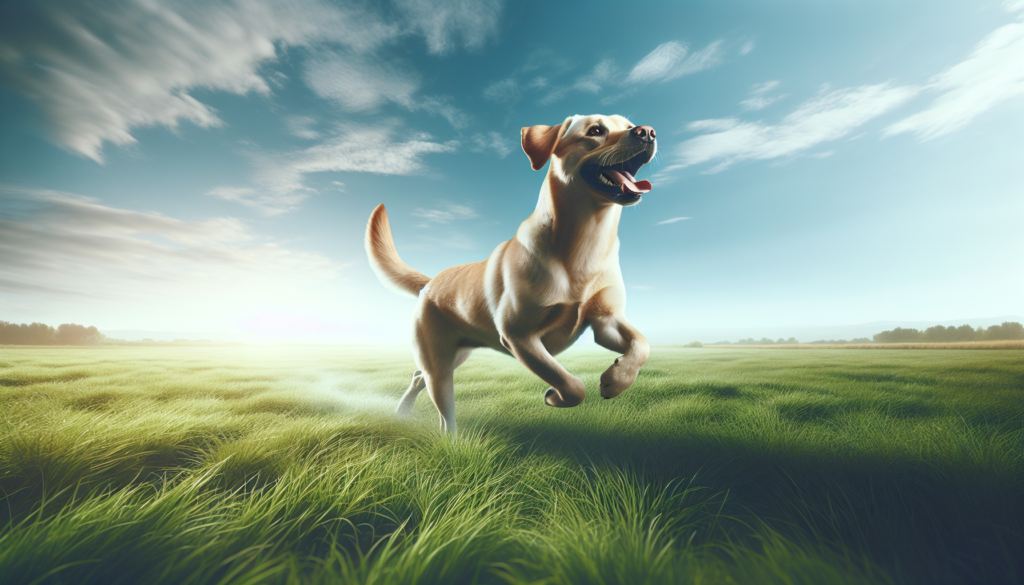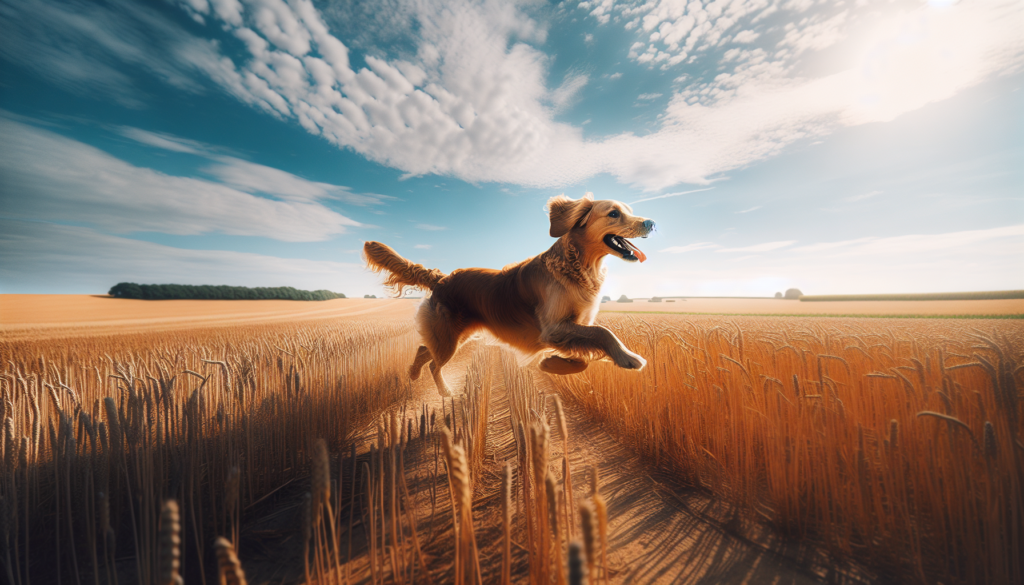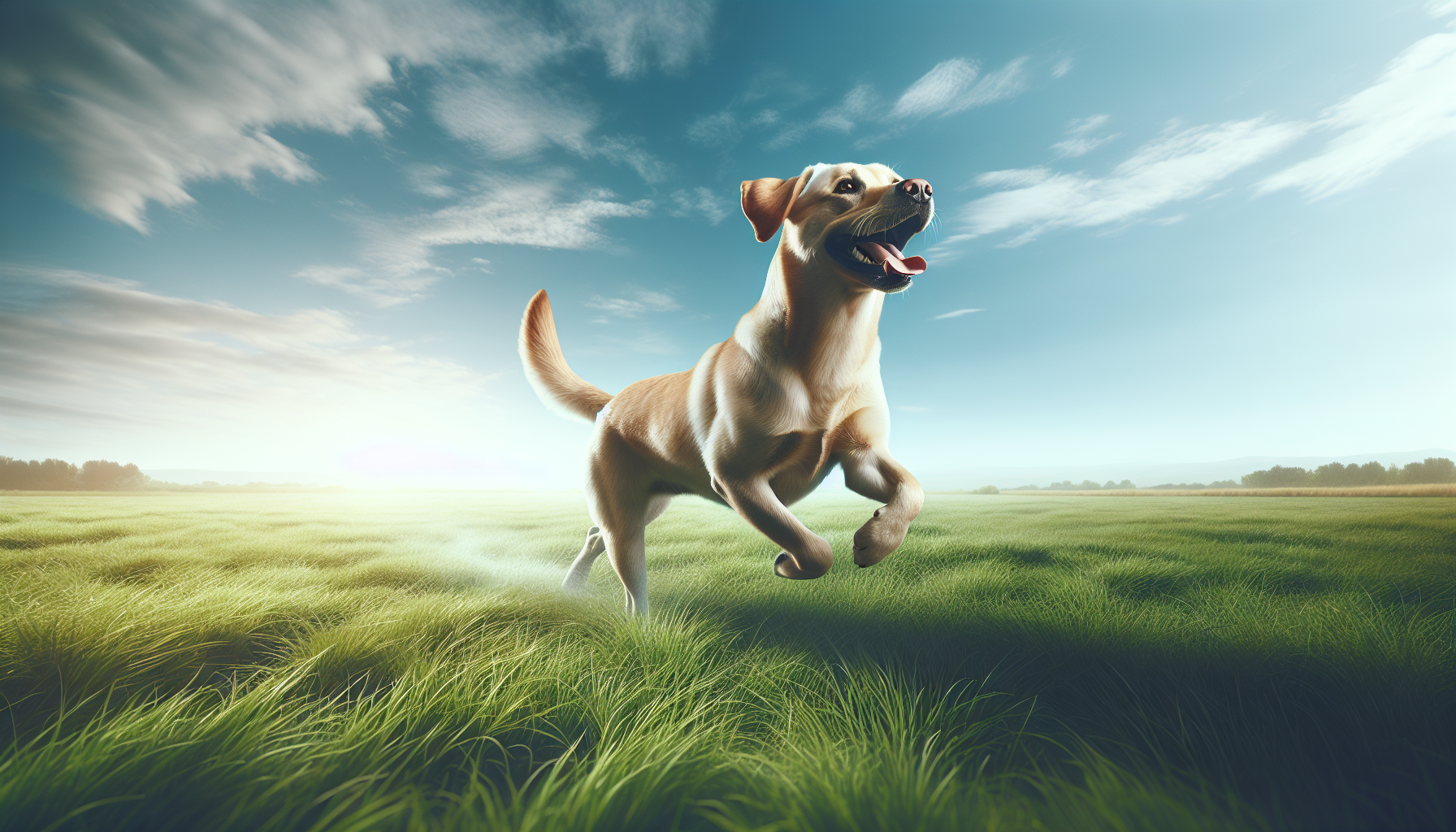Are you eager to let your furry friend roam freely without the restriction of a leash? Look no further! In this article, we will explore the best practices for off-leash training, providing you with valuable tips and techniques to ensure a successful and safe experience for both you and your canine companion. From establishing a strong recall command to practicing in a controlled environment, we’ve got you covered on your journey to off-leash freedom. So, get ready to embark on an exciting adventure of off-leash training and watch your bond with your dog grow stronger than ever before.

Choosing the Right Time and Place
Identify a Safe and Secure Area
When it comes to off-leash training, one of the first things you need to consider is finding a safe and secure area for your dog to roam freely. This could be a fenced backyard, a local dog park, or even a quiet open space away from traffic and other hazards. By ensuring the area is enclosed or free from potential dangers, you can minimize the risk of your dog running off or getting into trouble.
Consider the Time of Day
The time of day you choose for off-leash training can greatly impact the success of your sessions. It’s generally recommended to avoid peak times when the area might be crowded with people or other dogs. Opting for quieter times, such as early mornings or late afternoons, can provide a more peaceful and controlled environment for your dog to focus on their training.
Minimize Distractions
In order to effectively train your dog off-leash, it’s important to minimize distractions as much as possible, especially in the beginning stages. Distractions such as loud sounds, unfamiliar smells, or other dogs can make it difficult for your dog to concentrate on your commands. When starting out, choose a training location with minimal distractions to help your dog stay focused and better understand your expectations.
Establishing a Strong Foundation
Teach Basic Obedience Commands
Before venturing into off-leash training, it’s crucial to establish a strong foundation of basic obedience commands with your dog. Commands such as sit, stay, come, and heel are essential for maintaining control and ensuring the safety of your dog when off-leash. Invest time in teaching and reinforcing these commands with positive reinforcement and consistency, as they will serve as the building blocks for off-leash training.
Build a Strong Bond with Your Dog
Building a strong bond with your dog is essential for successful off-leash training. By creating a trusting and positive relationship, your dog will be more inclined to listen to your commands and stay close to you during off-leash activities. Spend quality time with your dog, engage in interactive play, and reward good behavior to foster a deep connection that will benefit your training efforts.
Practice Regular Exercise and Mental Stimulation
Regular exercise and mental stimulation are key components of off-leash training. A tired dog is more likely to be focused and attentive during training sessions. Make sure to provide your dog with regular physical exercise through activities such as walks, runs, or play sessions. Additionally, engage their mind with puzzle toys, obedience drills, or scent work. A well-exercised and mentally stimulated dog will be more receptive to off-leash training and less likely to become bored and distracted.
Gradual Introduction to Off-Leash Freedom
Use a Long Line as a Transition
When transitioning from on-leash to off-leash training, a long line can be a valuable tool. A long line is essentially a lightweight leash that allows your dog more freedom while keeping them under your control. By using a long line, you can gradually introduce your dog to the concept of being off-leash while maintaining the ability to quickly and safely regain control if needed. This allows you to assess your dog’s response and readiness for full off-leash activities.
Start in a Fenced Area
To provide a safe and secure environment for your dog’s initial off-leash experiences, start in a fenced area. A fenced yard or a secure dog park will minimize the risk of your dog running off or getting into dangerous situations. This controlled setting allows you to observe and assess your dog’s behavior off-leash while minimizing potential risks. It also provides a great opportunity to reinforce basic commands and practice recall in a controlled environment.
Expand to Open Spaces
As your dog becomes more comfortable and reliable off-leash in a fenced area, you can gradually expand your training to open spaces. Start with less crowded areas such as quiet fields or secluded trails and gradually increase the level of distractions and challenges. This allows your dog to develop confidence and responsiveness in different environments while ensuring their safety and your ability to maintain control.
Understanding Your Dog’s Behavior
Learn Dog Body Language
Understanding your dog’s body language is crucial for effective off-leash training. Dogs communicate through body signals, and being able to interpret their cues can help you anticipate their needs and predict their behavior. Signs of relaxation, stress, fear, or aggression can be easily identified through body language. By learning to read your dog’s signals, you can address any potential issues and ensure a positive and safe training experience.
Recognize Signs of Stress or Fear
Off-leash training can be an exciting yet challenging experience for some dogs. It’s important to recognize signs of stress or fear in your dog during training sessions. Common signs include lip licking, yawning, excessive panting, lowered ears, and cowering. If you notice any of these signs, it’s important to reassess the training environment and make adjustments as necessary. Pushing your dog too quickly or into uncomfortable situations can hinder their progress and create negative associations with off-leash freedom.
Address Any Behavioral Issues
Off-leash training can bring out underlying behavioral issues in dogs. If your dog displays any concerning or problematic behaviors, it’s essential to address them promptly. Seek professional help from a certified dog trainer or behaviorist who can assess the situation and provide guidance on how to modify or manage these behaviors. By addressing any issues early on, you can ensure a safer and more enjoyable off-leash experience for both you and your dog.

Positive Reinforcement Training Techniques
Reward-Based Training
Positive reinforcement is a highly effective training technique for off-leash training. By rewarding your dog’s desired behaviors with treats, praise, or play, you create positive associations and motivation for them to repeat those behaviors. For example, when your dog comes to you when called, reward them with their favorite treat or toy. This reinforces the recall command and encourages your dog to come to you willingly in future off-leash situations.
Use High-Value Treats and Toys
When training off-leash, it’s important to use high-value treats and toys as rewards. These are items or treats that your dog finds particularly enticing and is willing to work for. Experiment with different treats and toys to find what motivates your dog the most. Using high-value rewards not only increases your dog’s motivation to obey your commands but also helps maintain their focus in distracting environments.
Consistency and Patience
Consistency and patience are key when training your dog off-leash. It’s important to use the same commands and techniques consistently to avoid confusion. Set clear expectations and be patient with your dog as they learn and adjust to off-leash freedom. Rome wasn’t built in a day, and neither is a well-trained off-leash dog. Celebrate your dog’s progress, no matter how small, and remember that positive reinforcement and repetition will yield the best results.
Recall Training for Off-Leash Safety
Teach a Reliable Recall Command
One of the most important commands for off-leash safety is a reliable recall command. Teaching your dog to come to you when called can prevent potential dangers and ensure their safety in various situations. Start recall training in a controlled environment, such as a fenced area, and gradually increase your dog’s distance and distractions. Use a consistent recall cue, such as their name followed by “come,” and reward them generously when they respond promptly.
Practice in Controlled Environments
To reinforce and solidify the recall command, it’s crucial to practice in controlled environments. Gradually introduce distractions such as other people, dogs, or mild outdoor stimuli. Start with minimal distractions and gradually increase the difficulty level as your dog becomes more reliable. This allows you to reinforce the recall command in a progressive manner and build your dog’s confidence and trust in responding to your call.
Gradually Increase Distance and Distractions
As your dog becomes more proficient in their recall command, gradually increase the distance and distractions to further challenge their abilities. Move to larger open spaces or outdoor areas with more distractions such as parks or hiking trails. Remember to always prioritize safety and only increase the difficulty level if you’re confident in your dog’s response. This progressive approach ensures that your dog’s off-leash freedom is built upon a solid foundation of training and reliability.
Monitoring and Supervising Off-Leash Dogs
Stay Alert and Aware
When allowing your dog off-leash, it’s crucial to stay alert and aware of your surroundings at all times. Pay attention to potential hazards, other dogs, people, or any sudden changes in your dog’s behavior. By remaining vigilant, you can anticipate and respond to potential challenges or issues before they escalate. This level of awareness ensures the safety and well-being of your dog during off-leash activities.
Regularly Check Your Dog’s Location
To maintain control and prevent your dog from wandering too far, regularly check their location. Keep an eye on their movements and ensure they remain within a safe distance. This allows you to promptly address any potential behavioral issues or recall them if necessary. By maintaining regular check-ins, you can enjoy the benefits of off-leash training while also prioritizing your dog’s safety.
Be Mindful of Other People and Animals
When training your dog off-leash, it’s important to be mindful of other people and animals in the area. Keep your dog under control and avoid approaching unfamiliar dogs or people without consent. Additionally, clean up after your dog and follow any local regulations or leash laws. By being respectful and considerate, you help create a positive experience for everyone involved and contribute to responsible off-leash behavior.
Addressing Challenges and Setbacks
Troubleshoot Training Issues
Challenges and setbacks are part of the training process, and it’s important to address them proactively. If you encounter any difficulties during off-leash training, take the time to troubleshoot the issues and make necessary adjustments. Assess your training methods, the training environment, or seek professional guidance if needed. By troubleshooting and adapting your approach, you can overcome obstacles and continue progressing towards successful off-leash training.
Work with a Professional Trainer if Needed
If you’re facing significant challenges or struggling to achieve the desired results on your own, don’t hesitate to work with a professional dog trainer. A certified trainer can provide specialized advice, guidance, and training techniques tailored to your dog’s individual needs. They can also help you address any specific behavioral issues that may be hindering your dog’s off-leash training progress. Investing in professional assistance can make a significant difference in achieving successful off-leash behavior.
Maintain a Positive Attitude
Throughout the off-leash training journey, it’s essential to maintain a positive attitude. Dogs are highly perceptive animals and can pick up on your emotions. By staying positive, patient, and enthusiastic, you create a supportive and enjoyable training atmosphere for your dog. Celebrate every milestone and focus on the progress made, keeping in mind that training takes time and consistency. A positive mindset will contribute to a harmonious partnership between you and your dog.
Ensuring Responsible Off-Leash Behavior
Follow Local Laws and Regulations
Responsible off-leash behavior includes adhering to local laws and regulations regarding dogs in public spaces. Familiarize yourself with the specific rules and guidelines for off-leash areas, dog parks, and hiking trails in your area. Ensure that your dog is legally allowed to be off-leash in designated areas, and follow any required leash requirements or clean-up protocols. By being a responsible dog owner, you contribute to a safe and positive off-leash experience for everyone.
Consider the Safety of Your Surroundings
When engaging in off-leash activities, always consider the safety of your surroundings. Be aware of potential hazards, such as traffic, bodies of water, or wildlife that may pose a risk to your dog’s safety. Ensure that the area is free from toxic substances or objects that your dog could ingest. By carefully assessing and preparing the environment, you can minimize potential dangers and ensure a safe off-leash experience.
Be Respectful of Others
Responsible off-leash behavior also involves being respectful of other people and animals you may encounter. Keep your dog under control and avoid allowing them to approach or disturb others without consent. Be mindful of any sensitive or fearful dogs and give them the space they need. Additionally, clean up after your dog and leave the area as you found it. By being considerate and respectful, you help create a positive image for responsible off-leash dog owners.
Conclusion
Embrace the joys of off-leash freedom with your dog while committing to ongoing training and responsible ownership. By following best practices for off-leash training, you can ensure a safe and enjoyable experience for both you and your furry friend. Remember to choose the right time and place for training, establish a strong foundation of obedience and bonding, and gradually introduce off-leash freedom. Understand your dog’s behavior, utilize positive reinforcement techniques, and prioritize recall training for safety. Monitor and supervise your dog, address challenges and setbacks, and always be a responsible dog owner. With dedication, patience, and a little bit of training, you can enjoy the wonders of off-leash adventures with your beloved canine companion.

